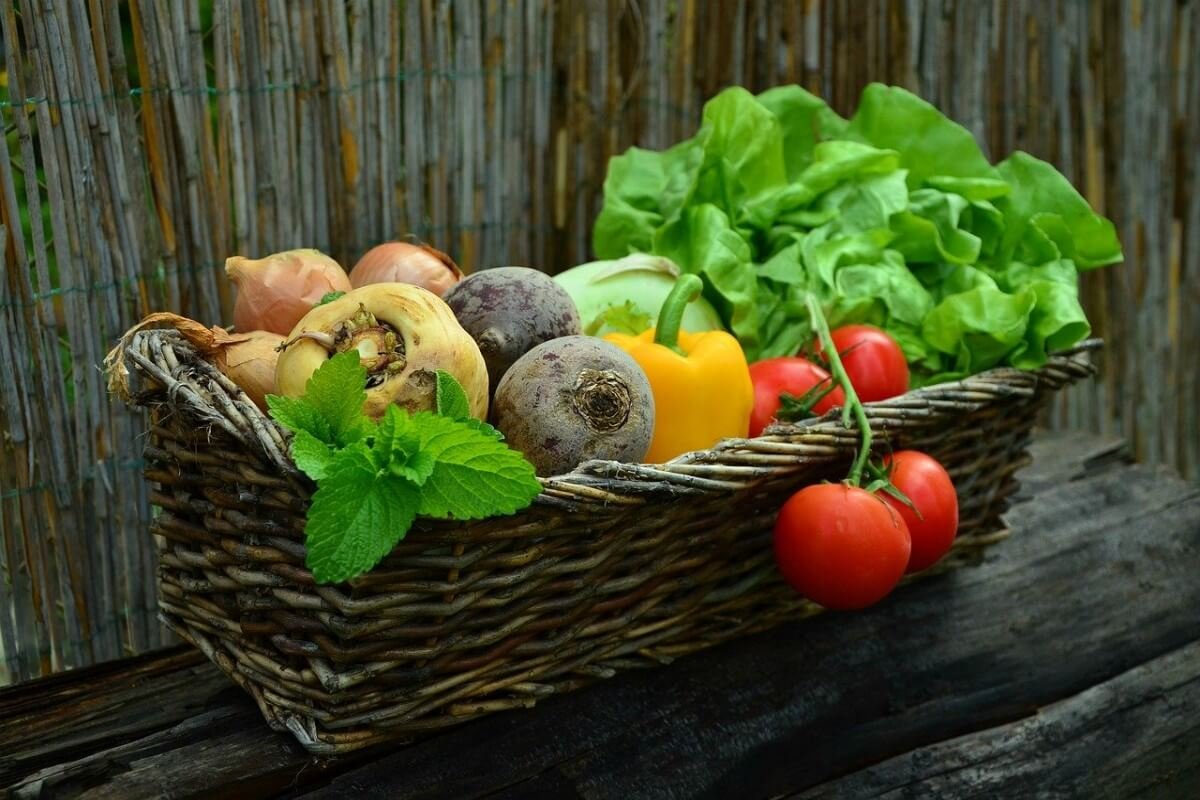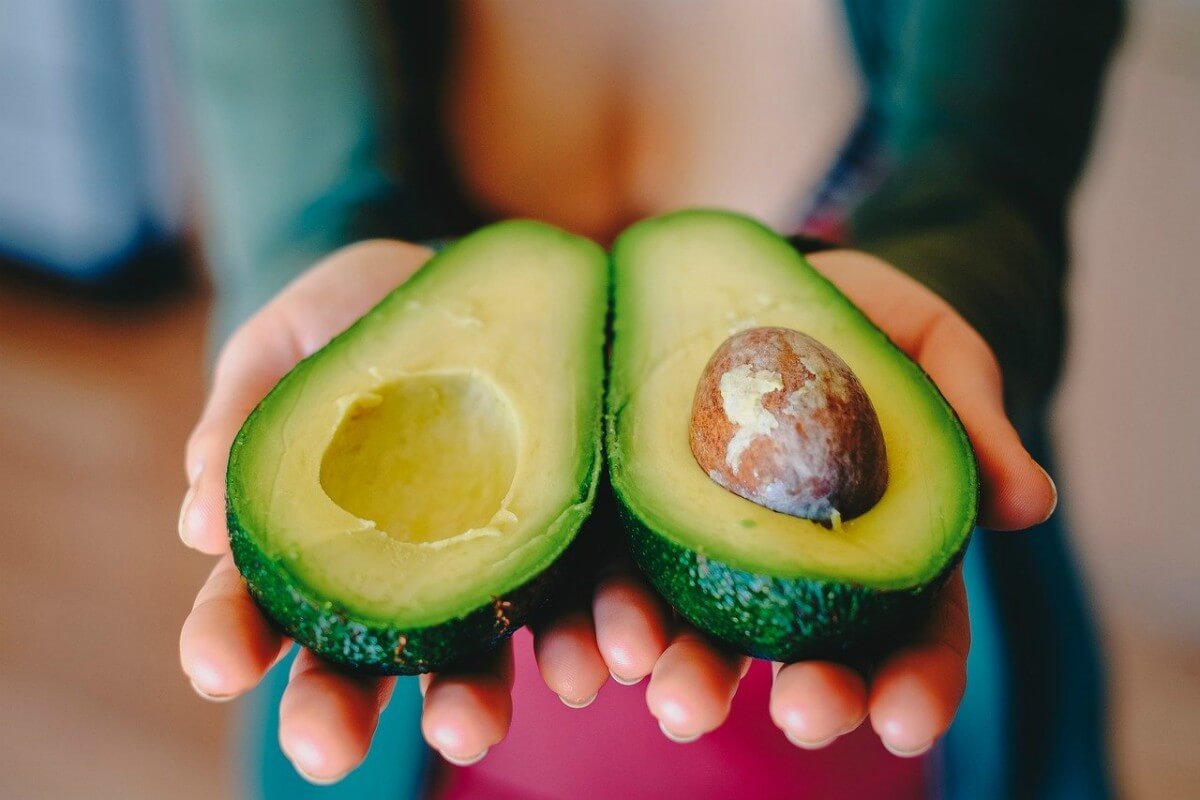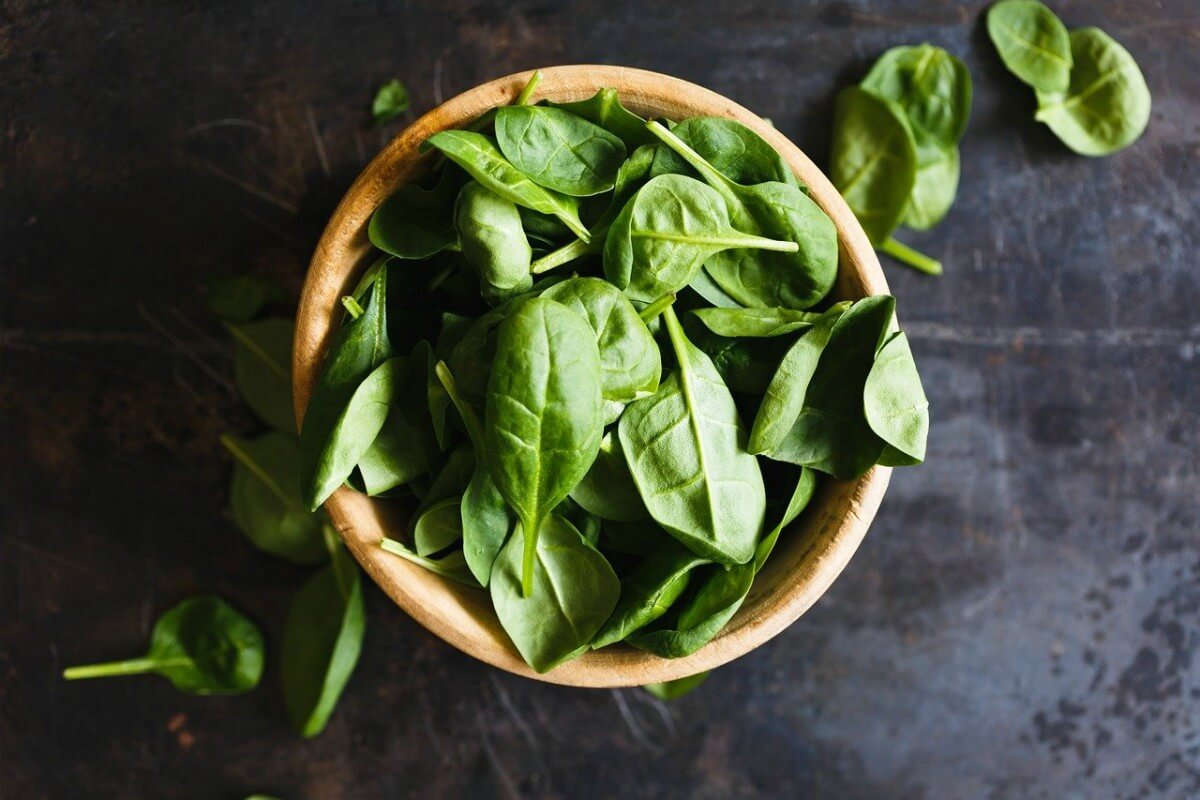How To Pick The Best Produce
Discover > Texas Home Cooking > How To Pick The Best Produce
One of the most common questions modern homemakers have is how to choose the best produce. Everyone understands the importance of healthy food and especially fruits and vegetables but when it comes to actually choosing the produce things get complicated.
The first thing to start with is to make sure that you know how the produce you’re using is grown and how that process impacts the environment. Once you know that the produce is healthy and grown responsibly you can focus on making the most out of each individual purchase.
Avocados
Avocados (how long does avocado last?) are notoriously difficult to choose and there’s a rather big difference between them that you can taste right away. This happens because the avocados are ripe as soon as they are picked and they start going bad as soon as they are being sold and transported.
The key features to look for in avocados so that you can figure out how ripe it is. It depends on how firm and how green it is. The greener it is means that it’s less ripe. An avocado that’s ready for you should be a bit softer and dark green.
Bananas
Bananas (how long do bananas last?) are one of the most common fruit bought in the US, but it still might be a bit of an issue to find the ripe one. That’s because the bananas go bad rather quickly and you need to find one that’s ready to be eaten right away.
The dirty secret is that you shouldn’t look for the perfect looking peel. When the peel starts to go brown, it means that the banana itself has become perfectly ripe. If you’re looking for the bananas you can cook with right away, you should look for those that are going brown.
Basil
Basil (how long does basil last?) grows during the summer and that’s where some stores decide to display it in a way that’s not very useful. The basil is placed in water and that’s why it looks fresh. It will be in that state for maybe 24 hours. There are no ways to prevent that, but you should look for the bag with no black leafs.
This is one of those items that happens to come to the stores rather often and if you don’t find the one you’re looking for the best thing to do is to visit the store or the market again in a day or two.
Beets
Beets (how long do beets last?) and other root vegies such as turnips and celery roots are easy to figure out. The simple way to go is to make sure that the beets are firm. If they are firm that means they are also eatable. Have in mind that the stores will often hold these veggies in a cooler part of the store or simply in the fridge and that can make them appear more firm than they are.
Another useful tip to go by is that if the beets are colorful they are also fresh. They start to lose color as they grow older.
Broccoli
There are two ways to buy broccoli (how long does broccoli last?). You can buy the crowns and the brunches (What wine goes well with brunch?). The crowns are a bit more expensive, but brunches are paid by their weight which means you might be able to pay the same for both based on how much you buy.
The crowns are fresh if they have a dark green color. If they don’t, meaning if they have yellow spots on them, they are getting too old. It’s also useful to squeeze them a bit and to make sure they are firm when you do.
Corn
In the end, corn (how long does corn last?) is a great veggie to have all year round and it can work well with a variety of different diets and culinary preferences. The key however is to pick it when it’s fresh since that’s the only way to make sure it will cook as you’ve planned it to.
What you’re looking for in corn is husk. If the husk is green and thick you’ll be able to use the corn as you’ve planned to. Try to remove a small part of it and to make sure that the corn itself is yellow and not pale and that isn’t too dry.
Common Sense
There are some basic tips that might apply for vegetable purchase that you should be mindful of. There’s nothing like tasting the best produce on your own and that’s the only way to be sure how good it is. Also if you’ve had bad experience with a particular vendor, don’t go back to them, it’s as simple as that.
Also, don’t hesitate to ask the farmers and the sellers. They have their own angle but that doesn’t mean most of them won’t help you out and advice you on what’s good for you based on the accumulated experience.








